5. Technical Resources for Improving Room Acoustics 02: Absorbers
Porous absorbers
Open-pored foamed materials, glass-fibre mats, carpeting, thick velours curtains - in short, all soft and porous materials into which sound can enter can serve as absorbers. As the sound enters the pores of the materials, air molecules rub against the material. This deprives the sound of energy, which is converted to heat in the absorber. The friction is greatest where the air particles move the fastest. This is the case when the source is at a distance from the wall which corresponds to a quarter of the length of the sound wave.
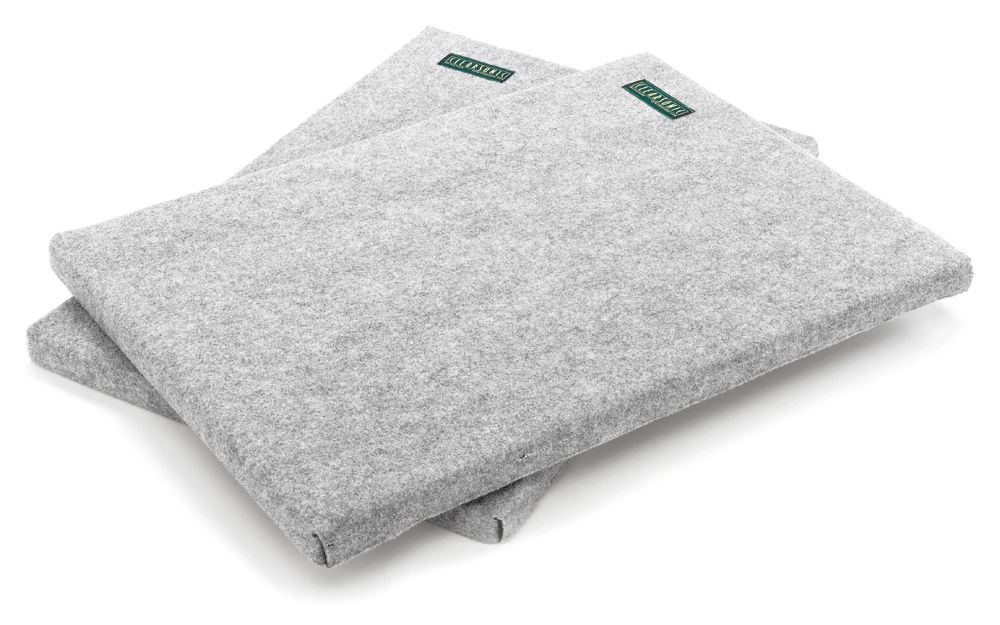
Porous absorber: compressed mat
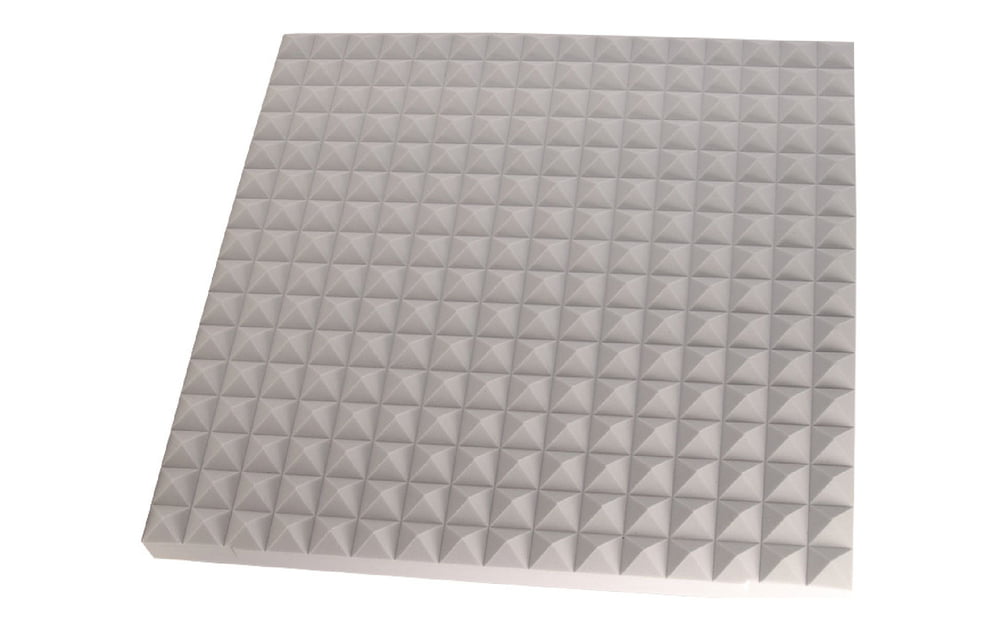
Porous absorber: foam
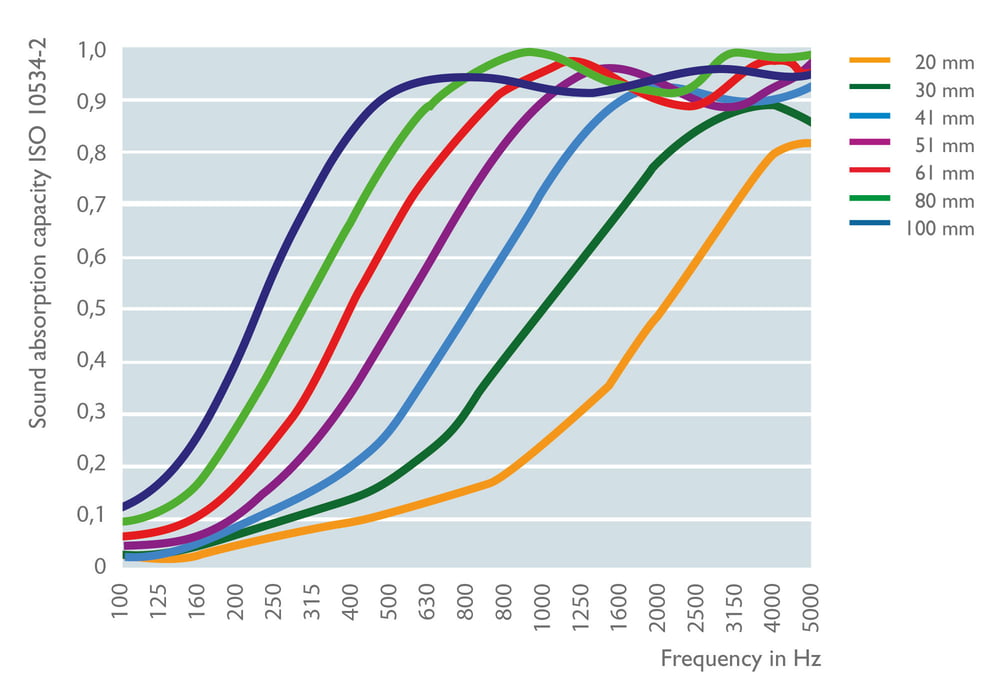
Frequency-dependend absorption rate relating to material density
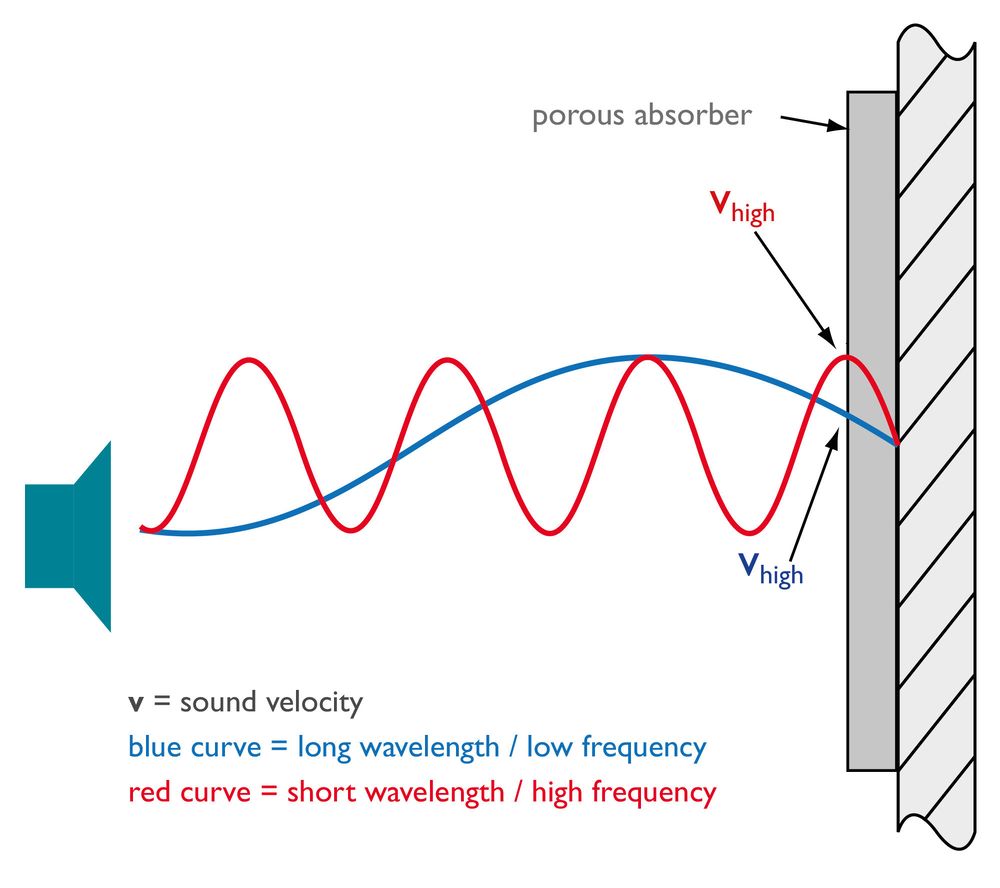
Working principle
This working principle leads to the following requirements and characteristics:
- porours absorbers must be of a certain thickness to achieve broadband effect
- the effect is greatest with high frequencies and diminishes towards the lower frequencies that feature wave lengths of more than four times the thickness of the material or its distance to the wall, respectively
- the effect can be improved for lower frequencies by choosing a thicker absorber or by placing it further from the wall
- up to the critical point of frequency, absorbers achieve strong absorption.
Porous absorbers are therefore very well suited to absorbing high and medium frequency sound, but are less effective in the bass range. The frequency-dependent effectiveness is designated by the absorption factor "a". A value of a=1 means that 100% of the sound energy is absorbed and no sound is reflected into the surrounding space.
Commercially available absorber modules are predominantly made of open-pore polyurethane foam or melamine resin foam (Basotect®). Cloth-covered compressed glass fibre mats are also available.
A frequently asked question relating to foam absorbers is whether they are suitable for sound-proofing a room. The answer to this is a resounding "No". Absorbers generally have no sound-proofing effect. They serve exclusively to improve the sound inside your home studio, for example. If you want to soundproof a room, you'll have to take different measures which are not the subject of this guide.
Resonance absorbers
With resonance absorbers, we distinguish between plate resonators, perforated plate resonators, and Helmholtz resonators. All three types share the characteristic of being a resonant system (spring mass system) which begins to resonate at a certain frequency. Resonance absorbers are tuned absorbers, which have a maxiumum efficiency at a certain frequency and become less efficient at either side of this frequency.
Modular concepts feature almost exclusively plate resonators, which is why I will only go into further detail with this type.
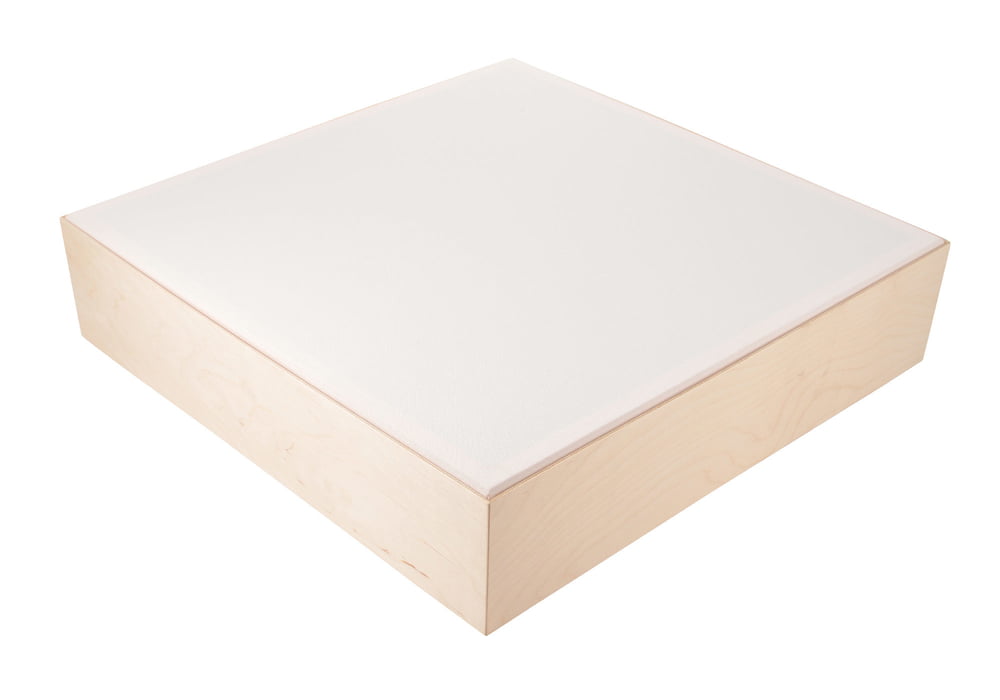
Plate resonator
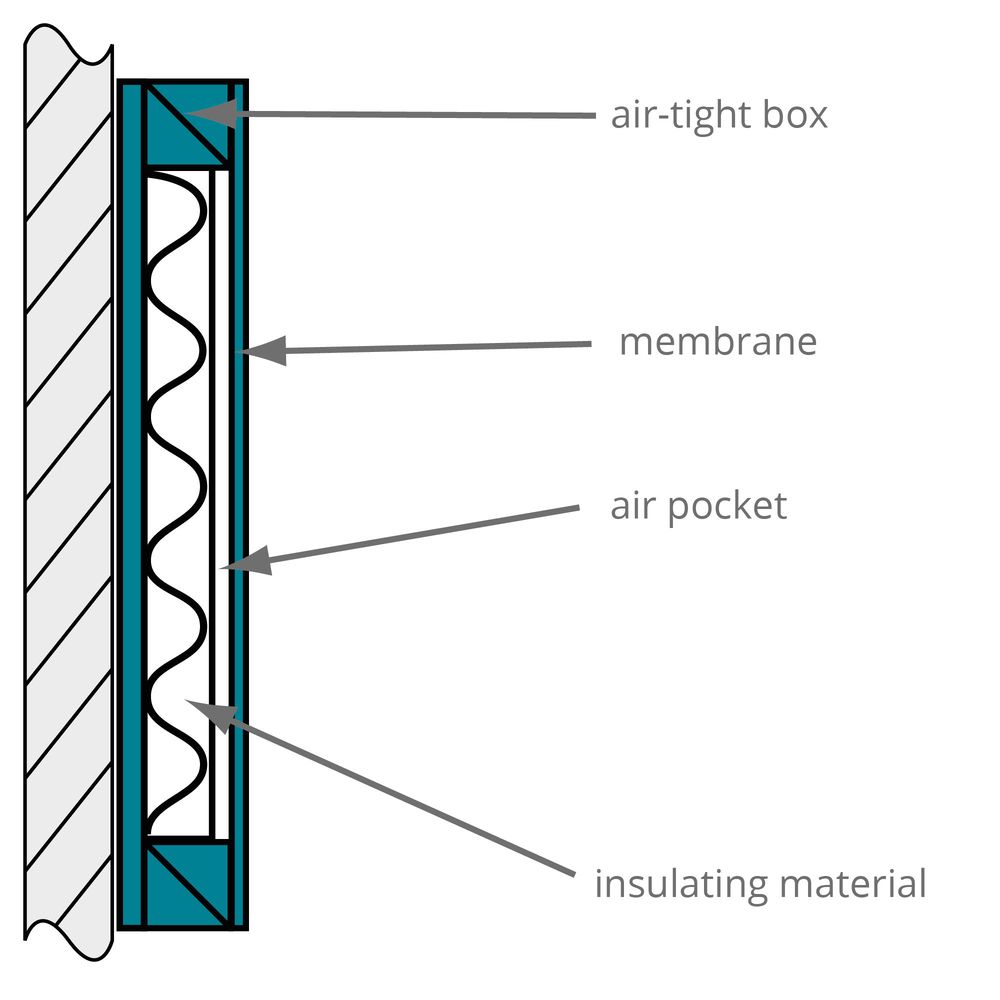
Construction
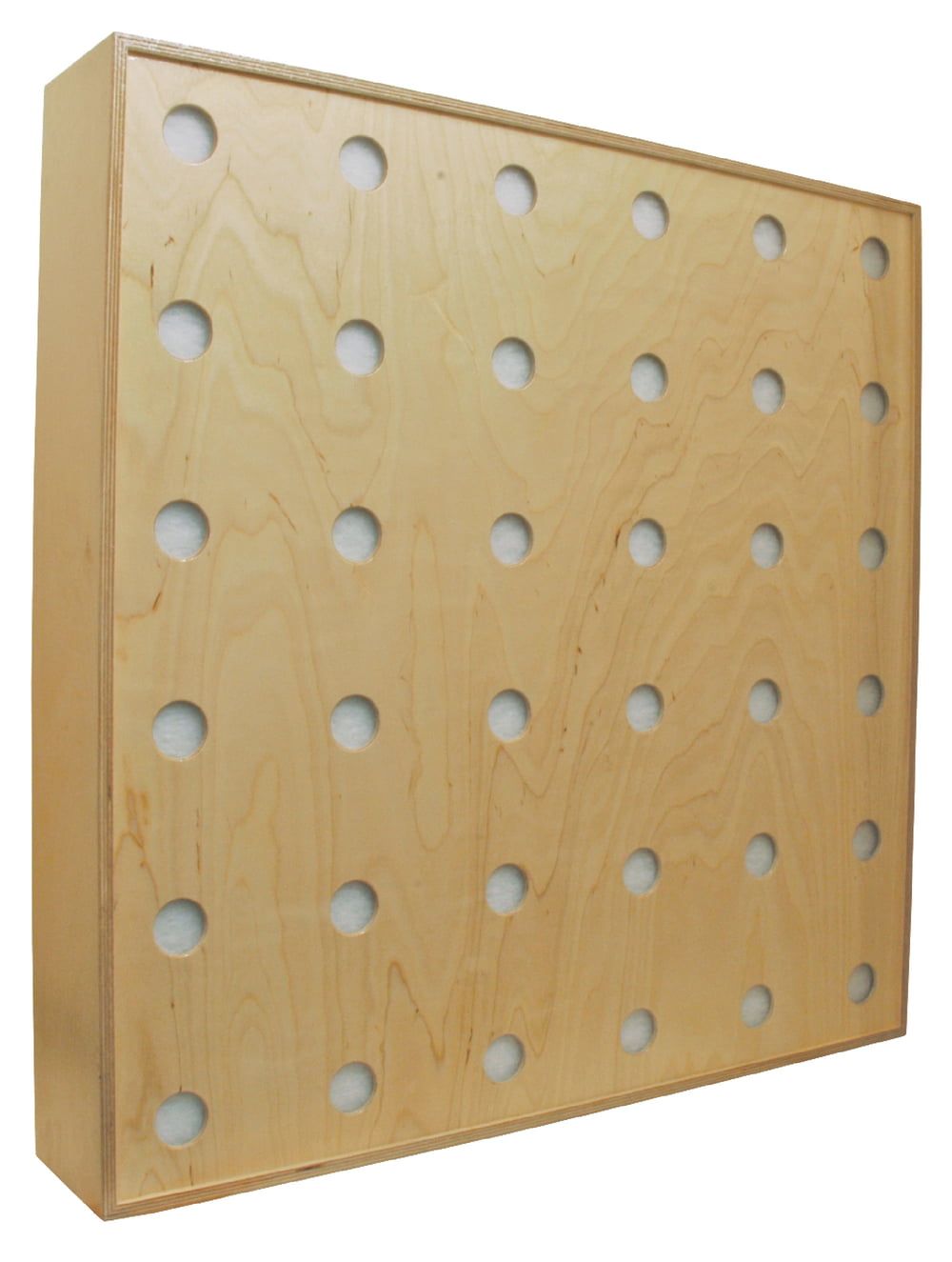
Perforated plate resonator
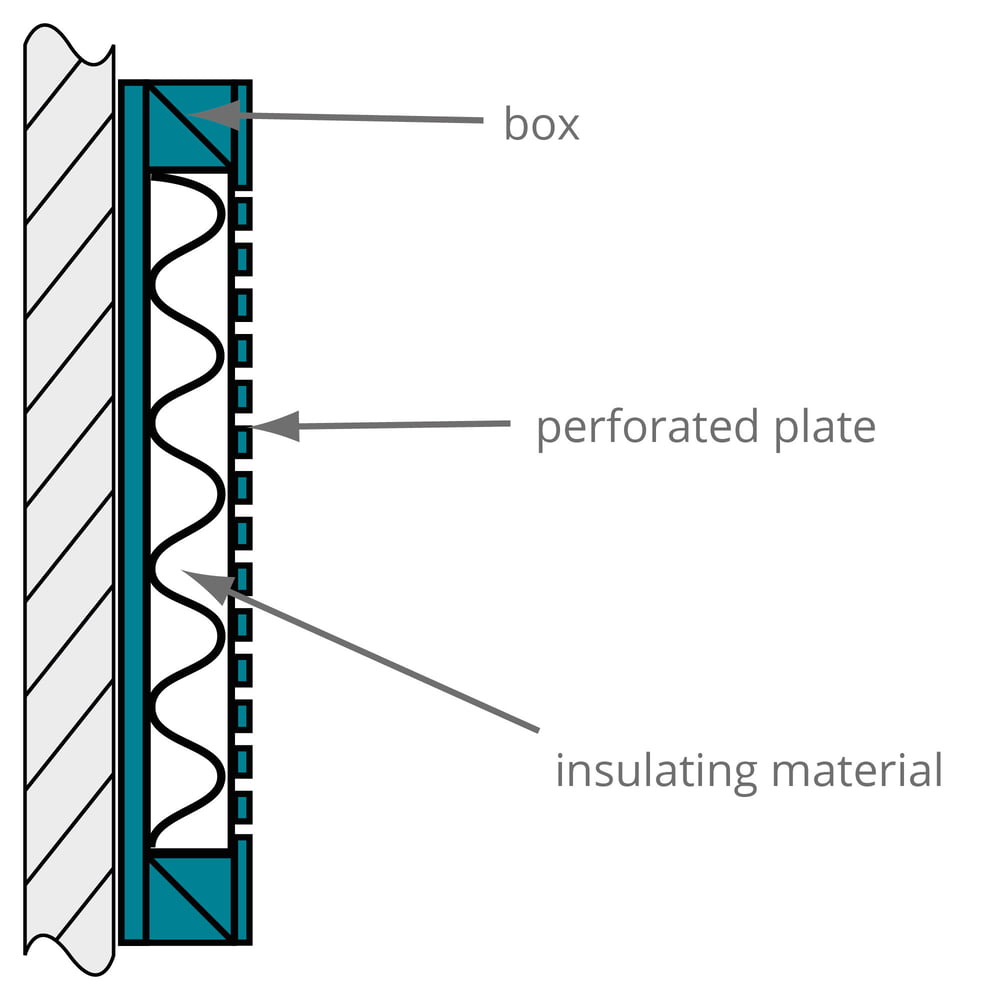
Construction
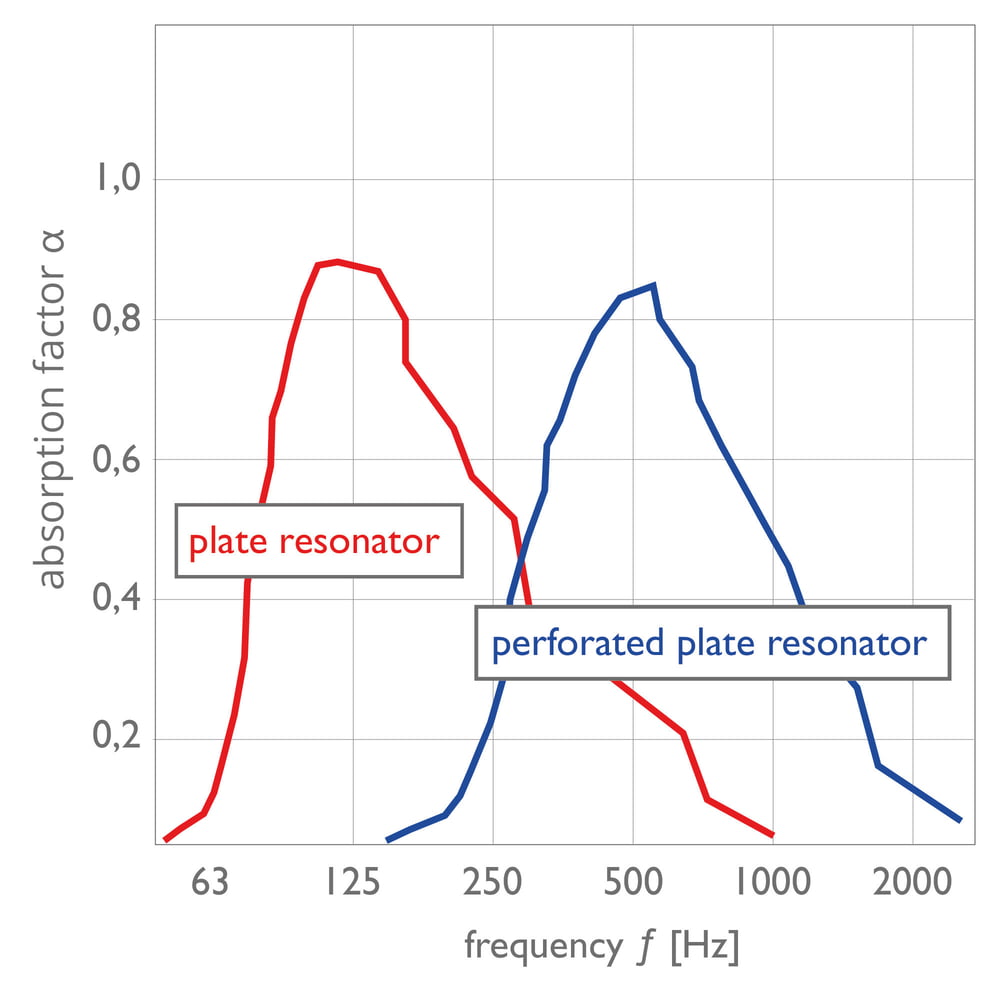
Comparison of absorption factors
As you can see, we are basically talking about a wooden box which is closed air-tight with a relatively thin wooden membrane. It is loosely filled with insulating material, for example glass wool or mineral wool. Vibration is induced by the sound pressure, and it reduces the sound field's energy. The air inside the box is likewise set in motion, and the insulating material "swallows" this transferred energy. The insularting material has the additional effect of dampening the membrane's vibration enough to render it effective on a broader frequency range and to avoid reverberating sound from the absorber. Since it is the sound pressure that activates the membrane, these absorbers must be placed where the sound pressure reaches a peak. This is always the case directly in front of walls and, with low frequencies, in the corners and edges of rooms. Resonance absorbers are therefore always mounted directly on walls and in corners.
The resonant frequency is a function of the volume of the enclosed air and the surface density of the membrane. Manufacturers can therefore - within limits - specify certain ranges of maximum efficiency for their absorbers. Unlike porous absorbers, resonance absorbers are very well suited to absorbing low-frequency sound. They are therefore used predomainantly as bass and mid-low frequency absorbers.
Perforated plate resonators function in the same way as Helmholtz resonators. I'll not go into detail, however - if you are interested in learning more, you'll find plenty of information on the interenet. What is important to know is that perforated resonators are most efficient at higher frequencies than plate resonators. Their maximum absorption factor is located between those of plate resonators and porous absorbers. Depending on the frequency range you wish to address, you'll go for the correspondingly more effective resonator type.
Broadband absorbers
These are most often a hybrid of resonance and porous absorbers. This may be a plate resonator with a foam absorber attached to its membrane. Commercially available modules are often compressed glass fibre mats with foil membranes inserted.











